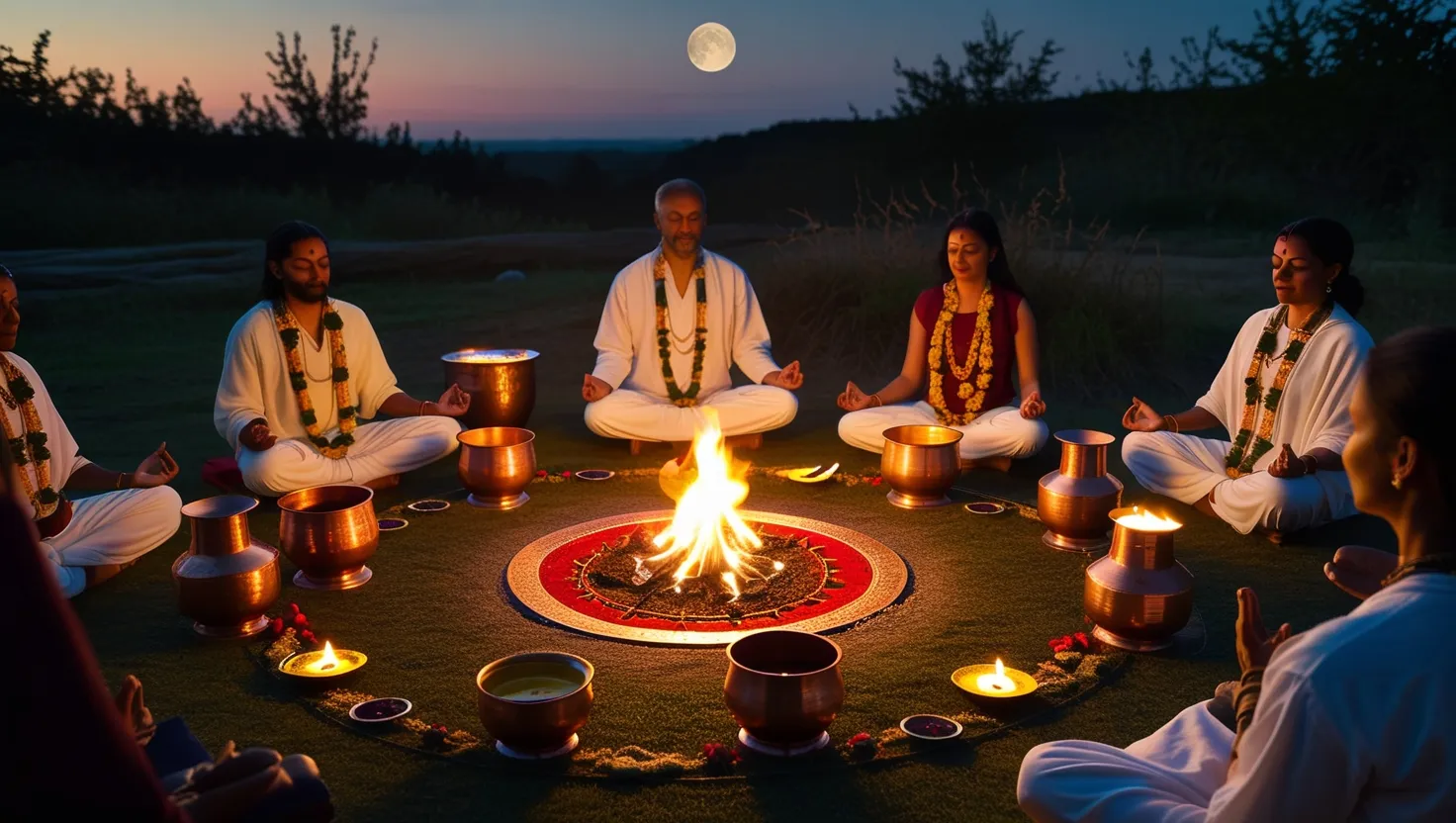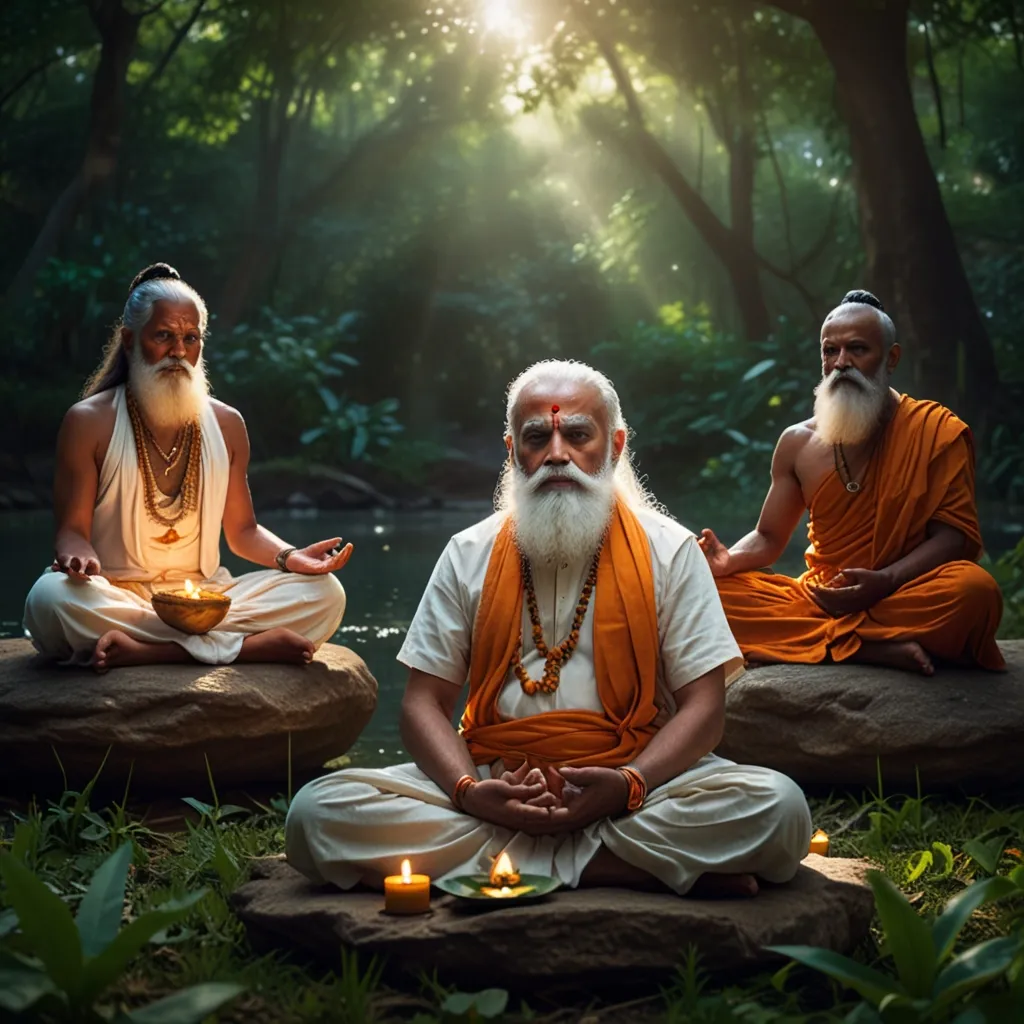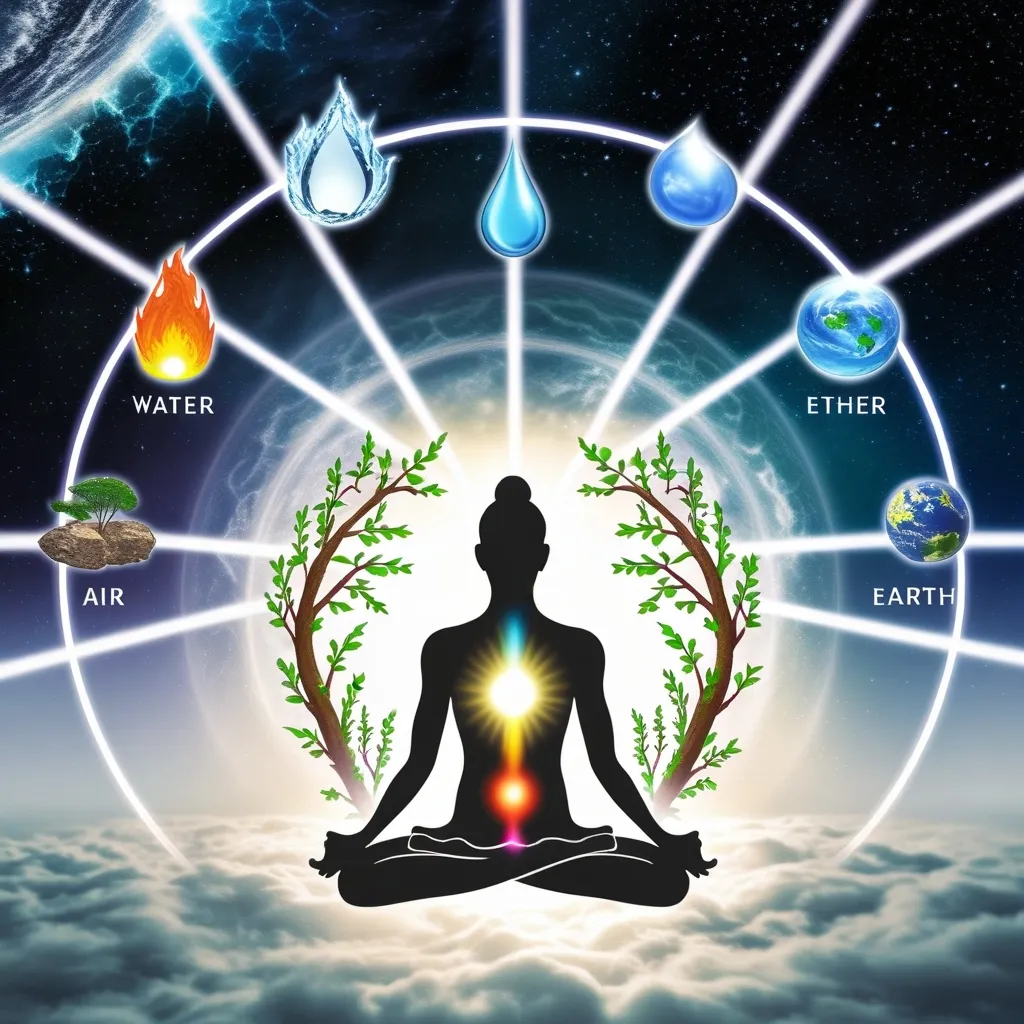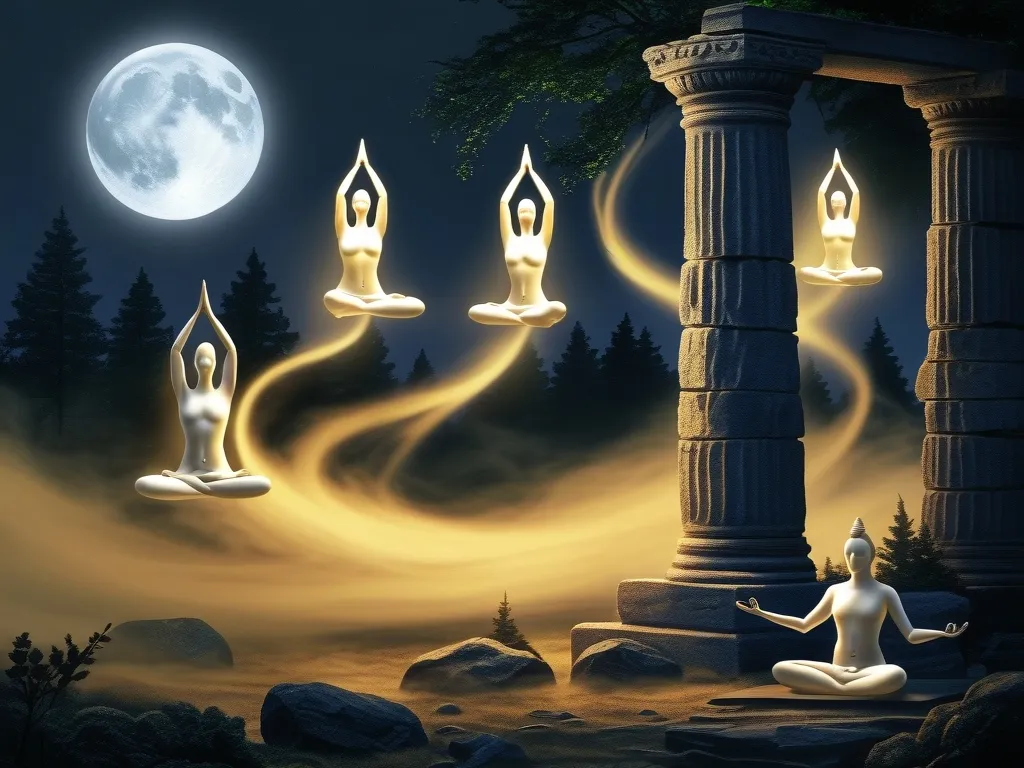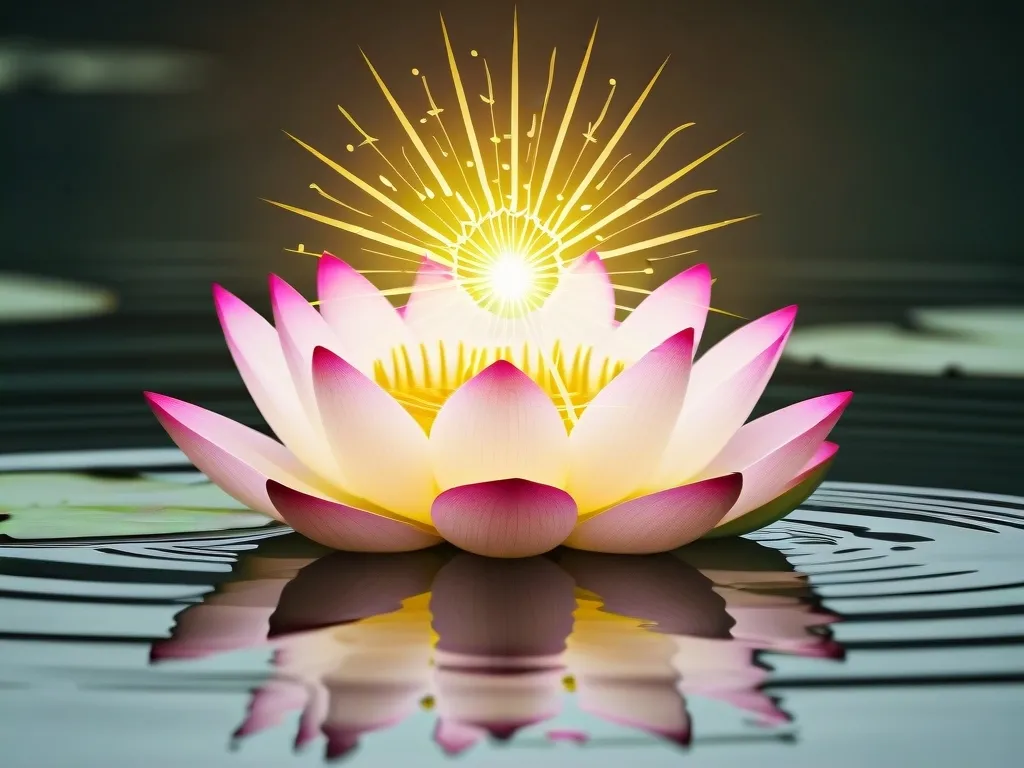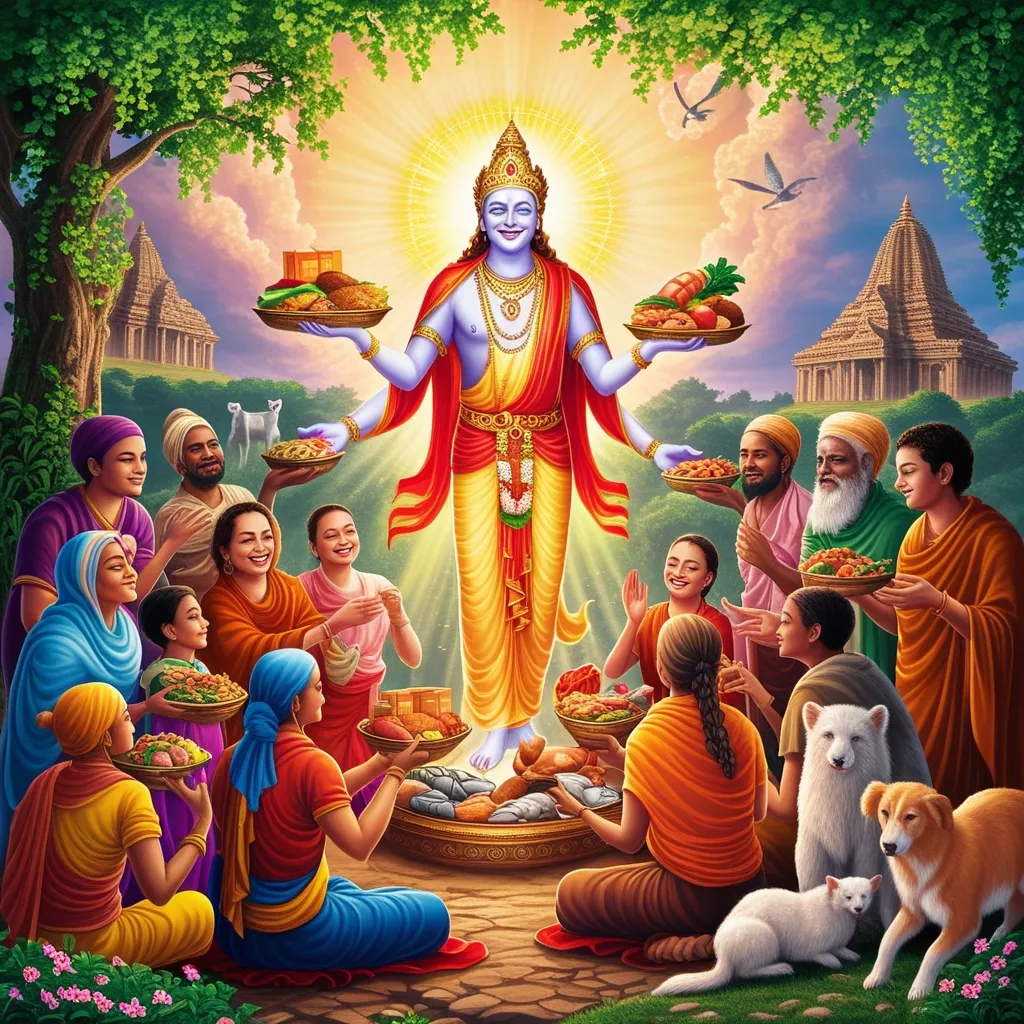The ancient Vedic fire rituals, known as yagnas, offer a fascinating glimpse into the intersection of spirituality and psychology. These ceremonies, some dating back over 3,000 years, were not merely religious observances but sophisticated tools for influencing human consciousness.
As I delve into the world of yagnas, I’m struck by their multifaceted approach to mental and spiritual transformation. These rituals engage multiple senses simultaneously, creating a powerful psychological impact that modern science is only beginning to understand.
Take the Agnihotra ritual, for instance. Performed at sunrise and sunset, this daily practice demonstrates an acute awareness of the importance of timing in psychological interventions. By aligning the ritual with the natural rhythms of day and night, practitioners create a sense of regularity and connection to the cycles of nature. This biorhythmic anchoring can have profound effects on mental well-being, much like how modern therapists emphasize the importance of routine in managing mood disorders.
The sensory elements of Agnihotra are equally intriguing. The warmth of the fire, the distinctive aroma of ghee (clarified butter), and the rhythmic chanting of Sanskrit mantras create a multi-sensory experience that engages various brain regions. This holistic stimulation may explain the state of focused awareness many participants report.
“The mind is everything. What you think you become.” - Buddha
This quote from Buddha resonates deeply with the philosophy behind yagnas. The rituals seem designed to shape thought patterns and, by extension, consciousness itself.
Moving on to the Darshapurnamasa, we see a ritual that aligns with lunar cycles. Performed on new and full moon days, this ceremony acknowledges the moon’s influence on human psychology - a concept that’s been debated in modern psychology but was accepted as fact in Vedic times. By providing structured outlets for emotional processing during these astronomically significant periods, the ritual may help regulate emotional patterns.
Have you ever noticed how your mood or energy levels seem to shift with the phases of the moon? The Darshapurnamasa ritual suggests that our ancestors were keenly aware of these subtle influences.
The Jyotishtoma ritual presents an intriguing parallel to modern depth psychology. This ceremony incorporates progressive stages that move from sensory focus to abstract contemplation. It’s almost as if the ancient Vedic seers had mapped out a journey from the conscious to the unconscious mind, millennia before Freud and Jung.
As I explore these rituals, I’m continually amazed by their psychological sophistication. The Pravargya ritual, for example, employs powerful visual metaphors to create transformative experiences. When milk ritually boils over during the ceremony, it symbolizes the overflow of consciousness beyond ordinary boundaries. This dramatic imagery serves as a form of psychological imprinting, potentially facilitating profound shifts in awareness.
“The soul becomes dyed with the color of its thoughts.” - Marcus Aurelius
This quote from the Roman emperor and philosopher Marcus Aurelius captures the essence of how yagnas aim to influence consciousness through symbolic action and thought.
The Rajasuya ritual brings in elements of community psychology. This royal ceremony demonstrates an understanding of how shared ritual experiences can strengthen social bonds and collective identity. In our modern world, where social isolation is increasingly common, could we learn something from these ancient practices about fostering community and shared meaning?
What strikes me most about these Vedic rituals is their holistic approach to psychological well-being. They don’t just target the mind, but engage the entire being - body, mind, and spirit. This comprehensive approach to consciousness reminds me of emerging fields like psychoneuroimmunology, which explores the connections between psychological processes and the nervous and immune systems.
The yagnas also demonstrate a sophisticated understanding of the power of symbolism and metaphor in shaping consciousness. Modern psychotherapies like Jungian analysis and some forms of cognitive-behavioral therapy similarly harness the power of symbols and metaphors to facilitate psychological change.
As I reflect on these ancient practices, I can’t help but wonder: what other psychological insights might be hidden in the rituals and philosophies of our ancestors? How might modern psychology benefit from a deeper exploration of these time-tested practices?
“We are what we repeatedly do. Excellence, then, is not an act, but a habit.” - Aristotle
This quote from Aristotle seems particularly relevant to the practice of yagnas. These rituals, often performed regularly over long periods, seem designed to cultivate specific mental states and habits of consciousness.
The precision and attention to detail in these rituals is remarkable. From the exact timing of the Agnihotra to the specific materials used in each ceremony, every aspect seems carefully chosen for its psychological impact. This level of intentionality in ritual design suggests a deep understanding of how external actions can influence internal states.
I’m particularly intrigued by how these rituals work with attention. In our modern world, where attention is increasingly fragmented, the focused awareness cultivated in yagnas seems especially valuable. Could these ancient practices offer insights into managing the attention economy of the digital age?
The use of sound in these rituals is another fascinating aspect. The chanting of Sanskrit mantras is not just about the meaning of the words, but about the vibrational quality of the sounds themselves. This reminds me of emerging research on how certain sound frequencies can influence brain states. Were the ancient Vedic seers aware of these subtle effects of sound on consciousness?
As I continue to explore the psychology of yagnas, I’m struck by how these ancient practices anticipate many concepts in modern psychology. From the importance of routine and ritual in mental health to the power of community in psychological well-being, these ceremonies seem to embody timeless psychological truths.
“The greatest discovery of my generation is that human beings can alter their lives by altering their attitudes of mind.” - William James
This quote from the father of American psychology, William James, echoes the fundamental premise of yagnas - that consciousness can be shaped through intentional practice.
In conclusion, the Vedic fire rituals offer a rich field for psychological exploration. They demonstrate a sophisticated understanding of human consciousness that in many ways complements modern psychological approaches. As we continue to grapple with issues of mental health and personal transformation in our complex modern world, perhaps these ancient practices can offer valuable insights and tools for cultivating psychological well-being.
What aspects of these rituals resonate most with you? How might the principles underlying these ancient practices be applied in a modern context? As we move forward, how can we integrate the wisdom of these time-tested practices with the insights of modern psychology to create more holistic approaches to mental and spiritual well-being?
